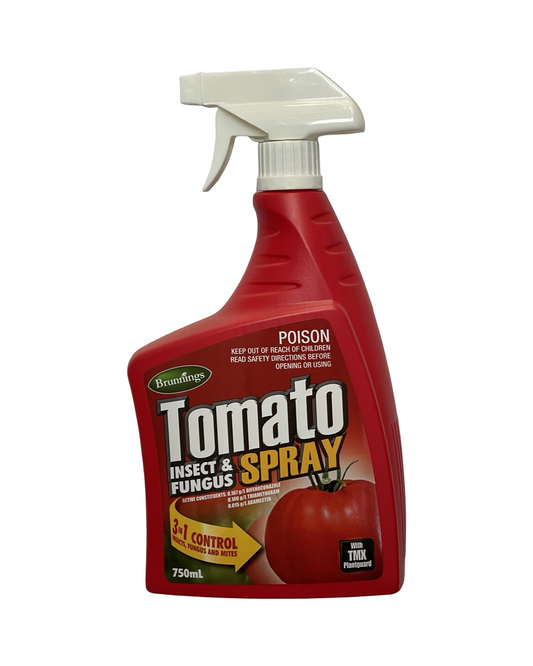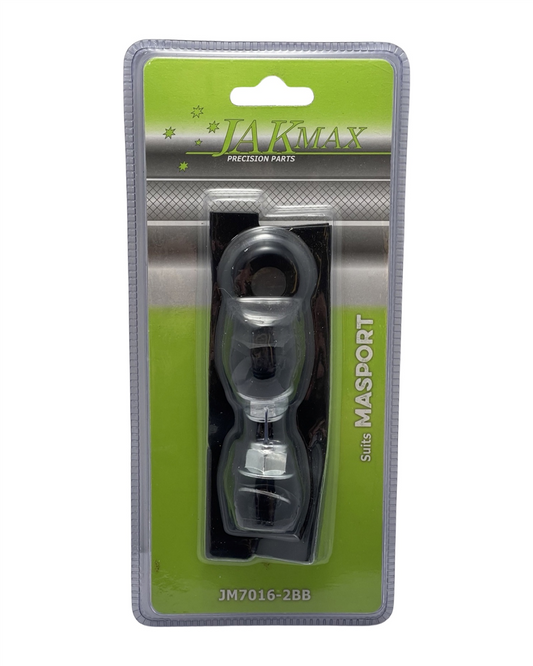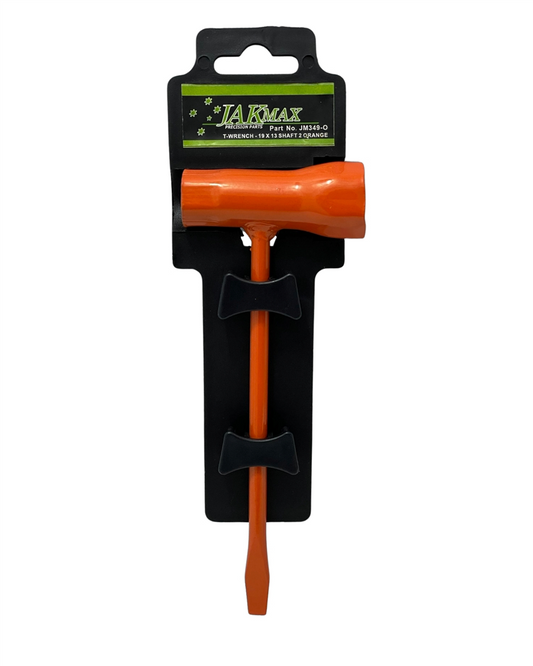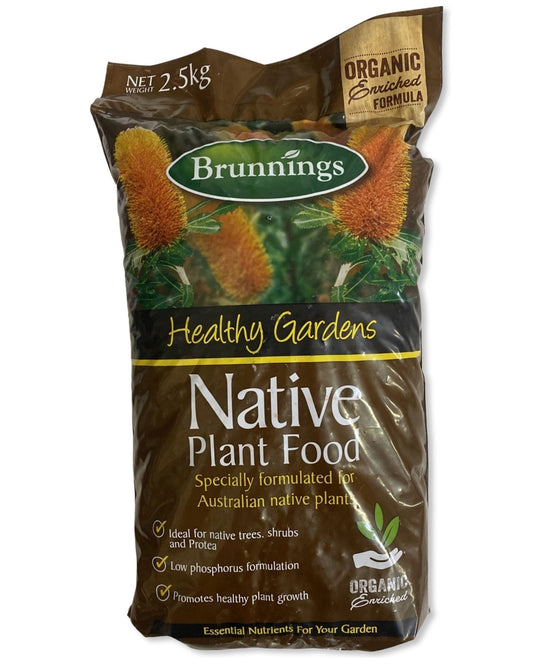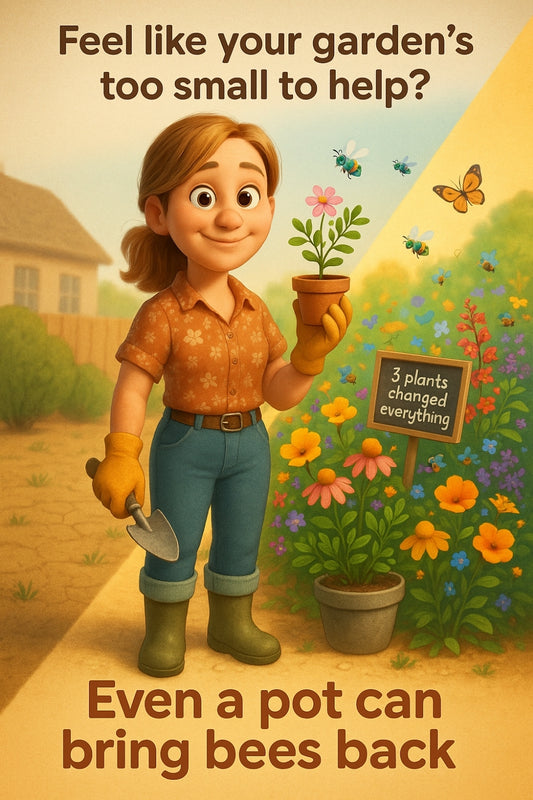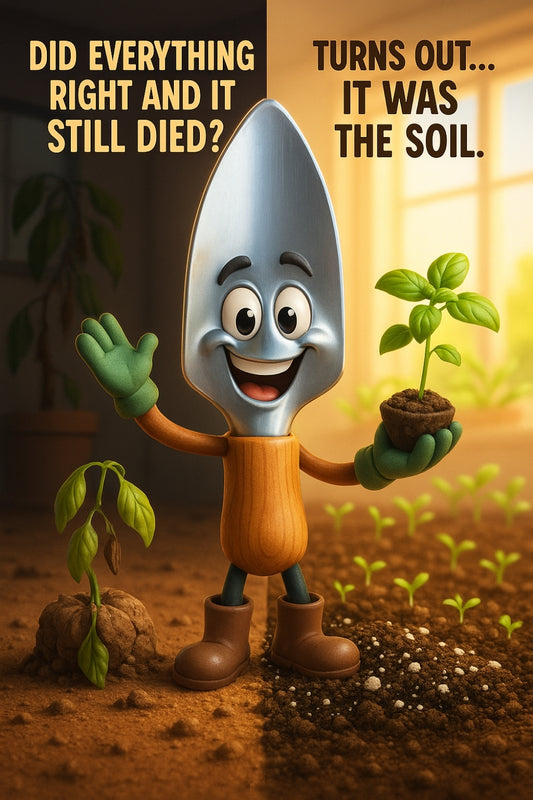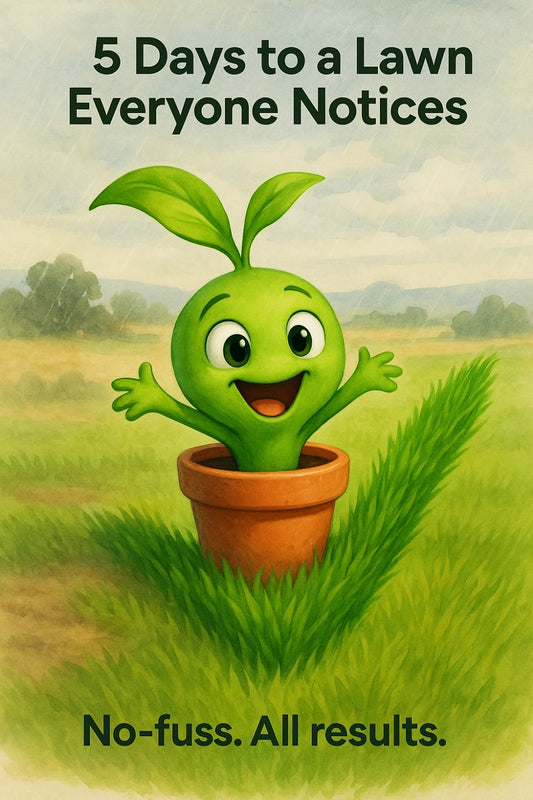How to grow vegetables with a hydroponic system
Share
Hydroponic Gardening: The Simple Way to Grow Veggies Without Soil
Ever wished for a thriving vegetable garden but don’t have the time or space to dig up soil and battle weeds? Hydroponic gardening is the secret to growing fresh, delicious veggies right at home—without needing a traditional garden bed! Picture plump tomatoes, crisp lettuce, and fragrant herbs, all flourishing in water instead of soil. Sounds like magic, right? Let’s dive into how you can get started with this clever gardening method.
What Is Hydroponic Gardening?
Hydroponics is a way of growing plants using a nutrient-rich water solution instead of soil. It’s a game-changer for anyone looking to grow fresh produce quickly and efficiently. The roots sit in water or a special substrate that delivers all the nutrients they need. No dirt, no fuss—just happy plants growing at an impressive rate!
Why Go Hydroponic?
Before grabbing a spade, consider why hydroponics might just be the best thing for your veggie-growing dreams:
- Grows Faster: Plants don’t have to search for nutrients in the soil. They get everything right when they need it, meaning quicker harvests.
- Saves Water: Hydroponic systems use significantly less water than traditional gardens. Great for those who want to garden consciously.
- No Weeding, No Pests: Say goodbye to back-breaking weeding and the constant battle with soil-borne pests.
- Small-Space Friendly: No backyard? No worries! A hydroponic setup fits on a balcony, patio, or even inside your home.
Getting Started: Choosing Your Hydroponic System
There are a few different ways to grow veggies hydroponically, and the best system depends on how much effort you want to put in. Here are the most beginner-friendly options:
- Deep Water Culture (DWC): This is one of the simplest methods. Plants sit in a floating platform with their roots submerged in a nutrient solution. It’s easy to set up and requires minimal maintenance.
- Kratky Method: A non-electric, passive system where plants sit in a water-filled container. As the water level drops, the roots naturally adjust to access oxygen.
- Nutrient Film Technique (NFT): A thin stream of nutrient solution flows continuously over the roots. Perfect for leafy greens and herbs.
- Wicking System: Uses a wick to draw nutrient solution up to the plants. Ideal for small, low-maintenance setups.
Best Vegetables for Hydroponics
Almost all vegetables can flourish in hydroponic systems, but some are easier to start with. Here’s a shortlist of veggies that take well to water-based growing:
- Lettuce & Spinach: Quick growers that thrive in simple hydroponic setups.
- Tomatoes: Juicy, homegrown tomatoes without needing a massive garden bed.
- Capsicum: Produces beautifully in systems with good nutrient flow.
- Cucumbers: Love the constant water supply and grow quickly in hydroponic systems.
- Herbs (Basil, Mint, Coriander): A must-have for fresh cooking, these herbs grow like a dream hydroponically!
Setting Up Your Hydroponic Garden
Getting started isn’t as complicated as it might seem! Follow these steps, and you’ll be harvesting fresh veggies in no time:
- Pick a Location: Indoors near a sunny window is great, but even a small outdoor nook works.
- Choose Your Setup: A simple DWC or Kratky system is a perfect starting point.
- Get Nutrients & pH Balance Right: Buy a hydroponic nutrient solution and test the water to keep the pH levels between 5.5 to 6.5.
- Plant Your Seeds or Seedlings: Use net pots or floating rafts to hold your plants in place.
- Maintain & Observe: Check the water level, nutrient balance, and plant growth regularly.
Common Mistakes to Avoid
Even the most experienced gardeners make slip-ups. Here are a few common mistakes beginners can avoid:
- Not Enough Oxygen: Roots need oxygen. If they’re sitting too deep without aeration, they can rot.
- Overfeeding Nutrients: More isn’t always better! Stick to recommended nutrient levels.
- Ignoring pH Levels: Monitoring the water’s pH prevents nutrient lockout and keeps plants happy.
- Poor Water Quality: Tap water with too many added chemicals can create problems. Use filtered or rainwater if possible.
Final Thoughts
Hydroponic gardening isn’t just for expert green thumbs. It’s a fantastic way for any beginner to grow fresh, organic veggies without the challenges of traditional gardening. Whether you want a steady supply of crisp lettuce or homegrown tomatoes all year long, this method can make it happen—right from your kitchen or balcony.
Give it a shot, and you might just find yourself enjoying fresh produce faster and more efficiently than ever before!
Happy growing!
Candeece

Stay Connected
Join our gardening community on Facebook the Urban Gardener's Notebook
And follow our Store Facebook Page: Strathalbyn H Hardware on Facebook

